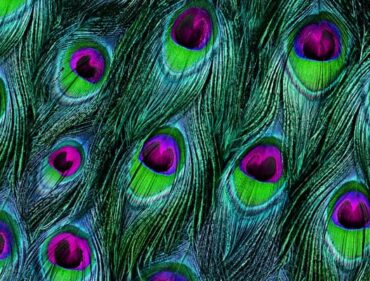Blog: Psychoactive Plants Part 1: Set and Setting
By Isa Gucciardi, Ph.D.
In Ariel Levy’s article “The Drug of Choice in the Age of Kale,” in the September 12, 2016 edition of The New Yorker, she describes her experience as part of a circle of participants who came together to drink ayahuasca tea at an urban yoga studio. Her report is highly informative and not unlike some of the stories people have brought to me after similar gatherings, where people have been inappropriately exposed to others’ uncontrolled experience of parts of their minds they may have never encountered before.
Ayahuasca is a powerful combination of plants that, like other psychoactive plants, can reveal the inner worlds to those who ingest it, sometimes in very surprising and even difficult ways. Levy reports dealing with strangers vomiting near her, people calling for help that did not come, and too much information about the other participants’ inner processes interrupting her experience of the plant. The insouciant strumming of the moderator’s guitar had little effect in mediating the various levels of crisis that began to emerge as the action of the tea took hold of the members of the group.
One thing that becomes evident in these kinds of situations is how much inner disorganization we live with when we don’t have a way to understand our deepest selves. This disorganization is, in some ways, a natural outcome of the stressors of modern life. For instance, if we have been exposed to trauma whose effect we have not been able to fully understand, we become disorganized. Another example is that we can lose our connection with what is important to us as we seek to become what we think other people want us to be. This process, too, can be very disorganizing.
We all need to find a way back to our natural state when we have become disorganized. It is usually preferable to have the kind of assistance that challenges us to examine our situation while holding us gently as we make the changes that are needed. A good therapeutic process will do this. Psychoactive plants will also do this if they are used in the proper “set and setting.”
In traditional settings, participants will often be asked to fast as they enter a period of retreat before they imbibe the tea. This helps them shift from their normal way of engaging in the world. And it allows them to engage in the process of letting parts of the self emerge that are usually kept at bay as they try to focus on the business of living. After imbibing the plant, people then have some time to reflect on their experience before picking up their usual duties in the world. Resolution, or at least an investigation, of inner disorganization is more likely to occur.
This is a far cry from the experience that Levy reports or the experience a friend of mine who had recently returned from Amsterdam reported. Outside a cavernous night club, a Peruvian man was hawking the tea, and all one had to do was pay $100 to have the privilege of drinking a cup of it and then lying on the floor with about one hundred fifty other people who had done the same. Some of the participants were actually on other drugs when they entered, and no one was vetting their condition or their readiness to engage with the powerful experience the tea might offer them. There were few “sitters” (people who are sober and available to help out in emergencies) and no one seemed to be in charge. Worst of all, this is a nightly event.
How many people are coming out of these events traumatized not only by the unmediated exposure to their own internal disorganization but also by the effect of other people dealing with their own experience? As Dennis McKenna, ethnopharmacologist and brother of one of the early investigators into psychedelic experiences, has warned, “There are some people who are getting damaged from it because they’re not using it the right way. It’s a psychotherapeutic process: if they don’t integrate the stuff that comes up, it can be very traumatic. That’s the whole thing with ayahuasca—or any psychedelic, really. Set and setting is all-important: they’ve been telling us this since Leary! It’s not to be treated lightly.”
All psychoactive plants are likely to show you something about yourself or reality that you did not expect. It is important to prepare for these revelations by trying to identify the issues that you know disorganize or confuse you and look into them before the plant strips away the layers of denial, forgetfulness, or repression most of us employ in order to feel somewhat “normal.” And it is important to have a forum to explore what the plants may have revealed and to try to get the puzzle pieces that emerge from that revelation into coherent understanding.
When psychotropic plants are approached in a responsible way and when people learn how to work with the insights they can offer, people can make significant changes in their lives. Even if you have had a disorganizing experience with a psychoactive plant, there are ways to “reset” and expand the context around the experience in order to reap the amazing benefits that plant medicine offers.
If you are interested in learning more about psychoactive plants or considering working with them you may find our course Plant Medicine: Preparing and Integrating the Experience of interest.
ENJOYING THE STREAM OF CONSCIOUSNESS BLOG? SIGN UP FOR FREE UPDATES!



